Chapter 4
Discuss readings about feminist pedagogy. (8 points)
This discussion spans 4 days and is due before midnight on Thursday of week 4.
Learning outcomes
Students will be able to 1) discuss feminist theory, women's choices, race and cultural issues, and barriers related to gender and technology, 2) research current trends of women and technology of different cultures/countries, 3) analyze relationships among science, technology, and society using critical perspectives or examples from historical, political, or economic disciplines, 4) analyze the role of science and technology in shaping diverse fields of study over time, 5) articulate in writing a critical perspective on issues involving science, technology, and society using evidence as support.
Introduction
Feminist Pedagogy isn't about teaching feminism—it is about teaching. It is about modifying how institutions and educators deliver knowledge and skills. Feminist classrooms look different...students learn by sharing their past experiences and new discoveries in a democratic format. They own their learning process, back up their views with research, and observe issues from various angles. The activities and coursework are typically experiential and constructivist. The traditional classroom, on the other hand, attempts to teach with a patriarchal format and exults rote learning.
1. On Monday, start reading and viewing.
After viewing the video, read/view a variety of scholarly articles and movies:
Quick introduction
- How can feminist pedagogy promote the empowerment of women?
- By Shehna Jabbar, Janice Jones, Anu Kashyap and Magdalena Rydzy (OISE/UT). Edited by Daniel Schugurensky 2002.
More scholarly articles and movies:
- On The Origins of Gender Human Capital Gaps: Short and Long Term Consequences of Teachers' Stereotypical Biases
- Victor Lavy, Edith Sand, National Bureau of Economic Research, January 2015. Related NYT article
- Toward a Revolutionary Feminist Pedagogy
- bell hooks, 1965, Talking Back: Thinking Feminist, Thinking Black. Chapter 8, page.49.
- The Interests of Full Disclosure: Agenda-Setting and the Practical Initiation of the Feminist Classroom
- Nicole Seymour, Feminist Teacher
- Accelerating Gender Parity in the 4th Industrial Revolution
- World Economic Forum. 2017. Gender Parity (PDF) Full Report. An Agenda for Leaders to Shape the Future of Education, Gender and Work.
- Gender Equality Education
- UNESCO Institute of Statistics. Initiatives, data, articles, and media.
- Awakening Teacher Voice and Student Voice: The Development of a Feminist Pedagogy
- by Jill Weisner, Feminist Teacher
- FAWA Gender Responsive Pedagogy
- FAWE is a pan-African Non-Governmental Organisation working in 32 African countries to empower girls and women through gender-responsive education.
- TED talks: how we learn
Then search for and listen to/read a few popular or other scholarly articles, podcasts, and videos. In a new tab, add various search phrases to a Google, Bing, or Yahoo search bar to locate articles. Switch to the Scholar, News, Videos, and Images channels to see different results.
- intersectional feminist pedagogy
- gender parity index
- how children learn
- how schools fail
- successful schools, successful classrooms
- women in higher education
- Gender bias in the classroom
- women role models in the classroom
- AAUW American Association of University Women
- and your own search phrases
2. By Wednesday, start discussing the readings. (4 points)

In the Canvas forum for week 4:
- Make a new thread titled with a question from the weeks' readings that you found most intriguing.
- In 400 words or more, recap the scholarly and popular articles you read.
- Write in a text editor like Word or Google Docs.
- ONLY ONE thread may be about the meaning of the word feminism. If someone posted this already, please choose another topic related to education.
- Cite sources using embedded hyperlinks in the Titles of Articles you mention so that readers can quickly open them in a new browser tab.
- Mention support for your ideas, provide solutions, and note personal experiences.
- Keep personal anecdotes to a minimum; the reading recap is key here.
- I want to hear what you learned, not necessarily what you already know.
3. By midnight on Thursday, reply to three others' threads. (4 points)
- Glance through all the responses.
- Respond to at least three others' threads (but not more than 5).
- Challenge the opinions of others but back them up with research.
- Research means you searched for and found other articles that support your ideas.
- Writing means you wrote in your own words. Do not paste in large passages of others' writings.
- Note which sources you found that support or contradict the ideas presented.
- Cite sources using embedded hyperlinks in the Titles of Articles.
- Challenge the opinions of others but back them up with research.






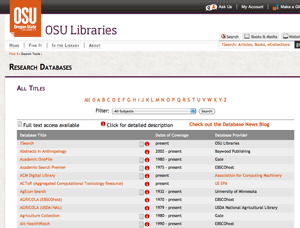 OSU library databases
OSU library databases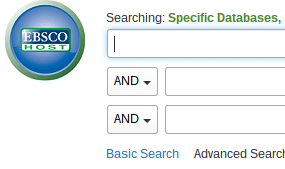 Academic Search Premier.
Academic Search Premier.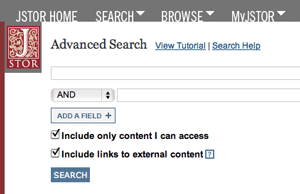 JSTOR Scholarly Articles
JSTOR Scholarly Articles Women and Social Movements in the USA, Scholar's Edition
Women and Social Movements in the USA, Scholar's Edition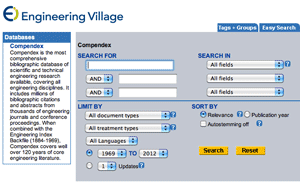 Engineering Village
Engineering Village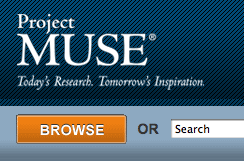 Project Muse
Project Muse Historical Statistics United States
Historical Statistics United States U.S. Statistical Abstract
U.S. Statistical Abstract Google Scholar
Google Scholar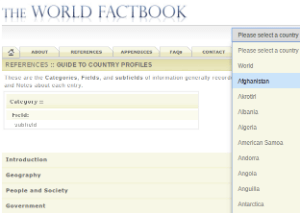 CIA Country Factbook
CIA Country Factbook Library of Congress Science Reference Service
Library of Congress Science Reference Service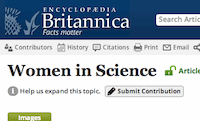 Encyclopedia Britannica Women in Science
Encyclopedia Britannica Women in Science How Stuff Works describes many technologies.
How Stuff Works describes many technologies.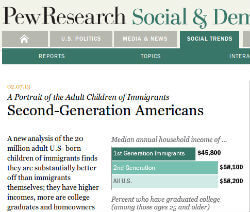 Pew Research
Pew Research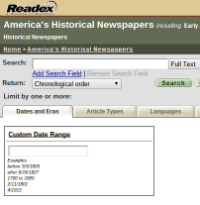 American’s Historical Newspapers
American’s Historical Newspapers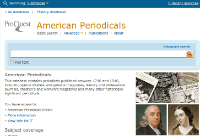 American Periodicals Series
American Periodicals Series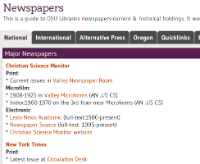 OSU's list of newspaper databases
OSU's list of newspaper databases PressDisplay world newspapers
PressDisplay world newspapers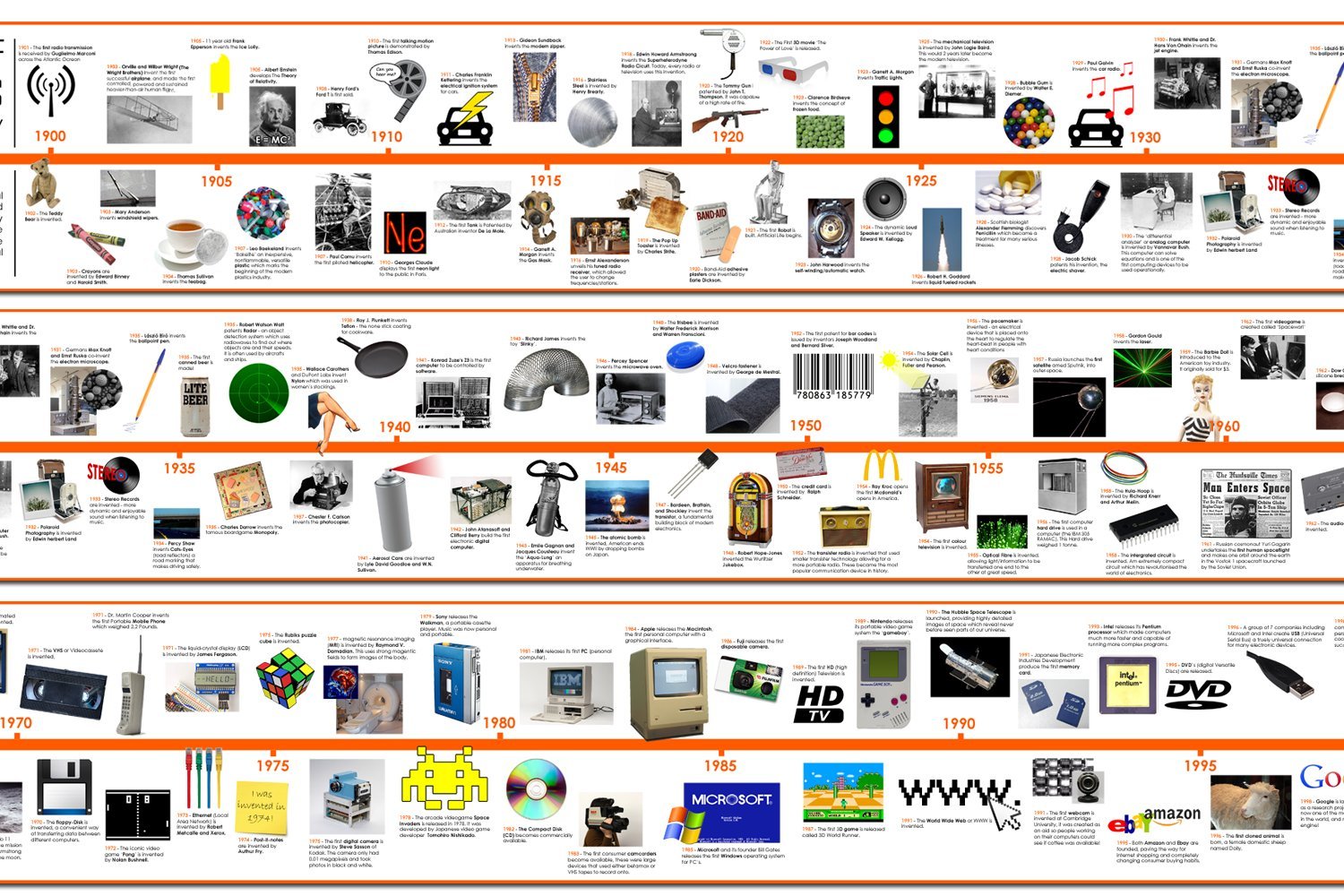 Chronology of technical inventions
Chronology of technical inventions Statista portal to 18k studies.
Statista portal to 18k studies. No Ceilings, Full Participation Project.
No Ceilings, Full Participation Project.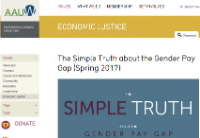 The Simple Truth about the Gender Pay Gap
The Simple Truth about the Gender Pay Gap
